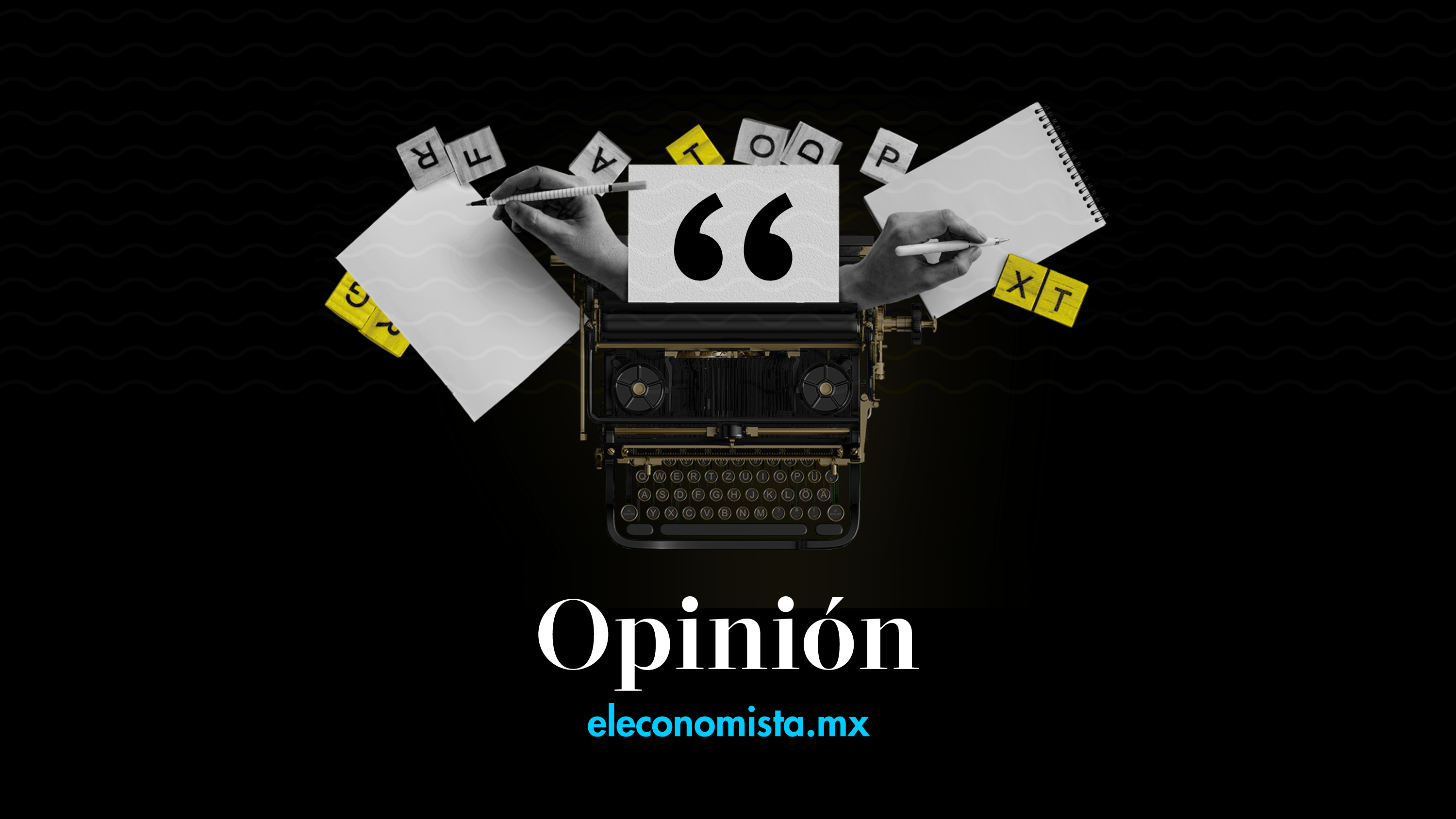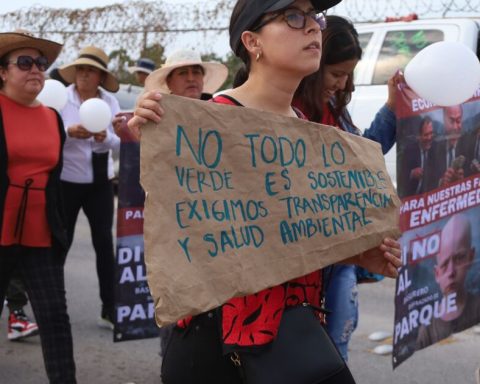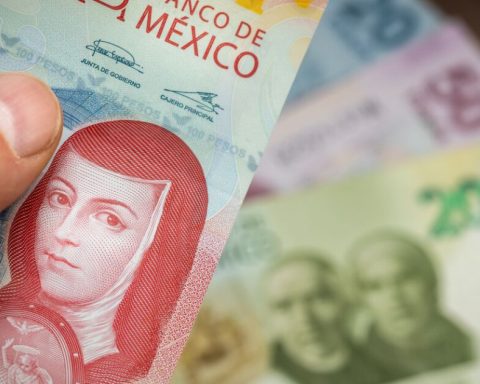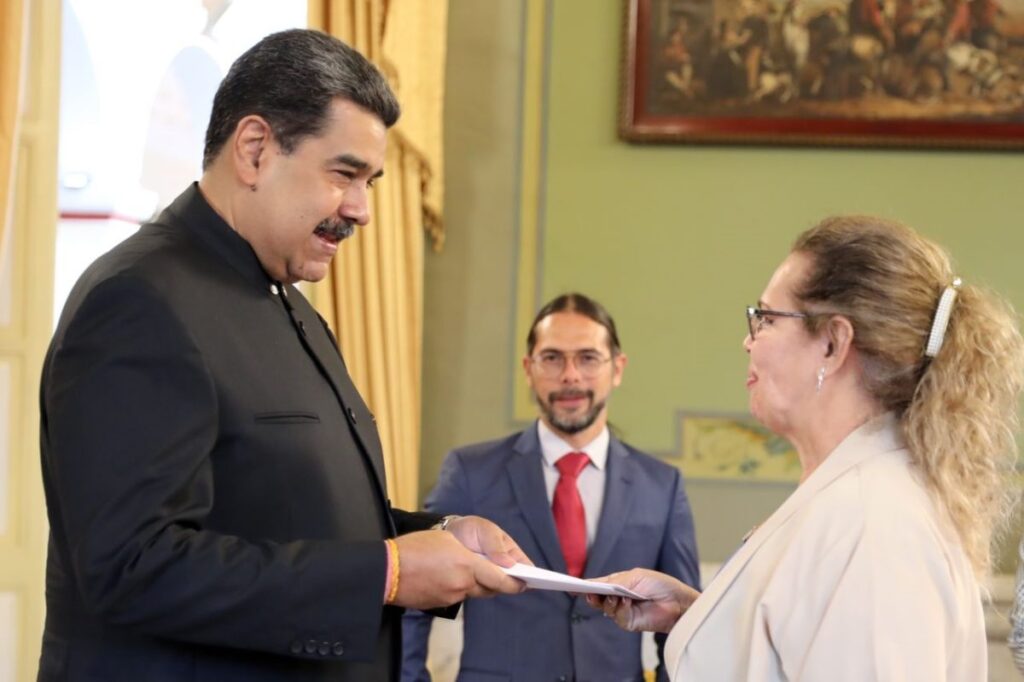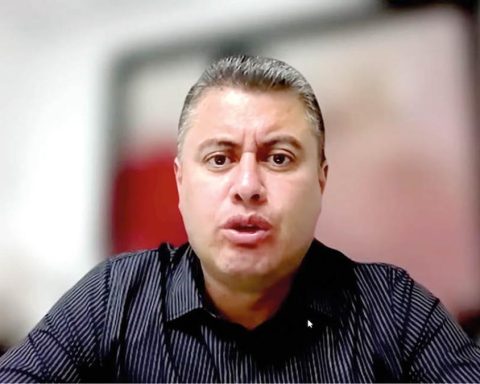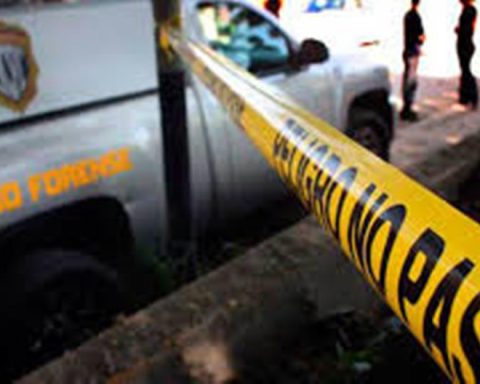Wait, don’t worry, it is paid for, but by the bank where you have your account, as has been the case for more than 20 years, since the creation of the Institute for the Protection of Bank Savings.
A few days ago, a colleague commented that he had heard that in the revocation of Banco FAMSA’s license by the CNBV, IPAB had been left without sufficient resources to pay its savers; I quickly replied that it was not true and that I even had them to also cover the depositors of Banco ACCENDO, recently revoked, and even for other similar circumstances. Obviously, I was left with the concern to review the topic.
First, let us remember that when you deposit your resources in a bank, one of the main benefits you achieve is precisely the guarantee that even in the event of bankruptcy of the Entity, if the amount you have deposited is equal to or less than the equivalent of 400,000 UDIs (currently, around $2,970,000 mn), per person per institution, that amount is insured, just like that. It is an insurance that, by law, is compulsory for banks in the developed countries of the world, where the beneficiary is you as the depositing account holder, the insurer in Mexico is the IPAB, the premium is paid by the banks and the amount covered is the that we already discussed; The same as in life, car or medical insurance, the same as when the contracted risk is updated, the agreed compensation is claimed and received.
For example, according to the information published on its institutional portal by the IPAB, after applying the respective formulas considering the guaranteed obligations of each banking institution, some of the payments received during the first quarter of the year were: BBVA $1,712,922,692; Santander $984,674,069; Banorte $930,499,185; Banamex $923,117,139; HSBC $546,112,146, and so on, with all the obliged Entities. In total, from January to March 2022, the IPAB reports having received from the banks just over 7,300 million pesos for fees; In our example, they are the deposit insurance premiums for you, me and everyone else who has bank deposits.
Then, the accumulation of these resources is applied by Law to cover different concepts, including the Fund that serves as backup precisely, to face the contingency of a bank failure, and its consequent payment to the affected depositors to the extent that they correspond, according to the provisions of the Bank Savings Protection Law itself. The balance as of June 30, of said Fund is $53, 352 million pesos mn
On the other hand, as in any insurance policy, there are grounds for exclusion or non-payment (provided for in Article 10 of the Bank Savings Protection Law), which involve the type of operation or account in question, the fact that, for example, it is the case of a savings account that the General Director of the bankrupt had in the same bank that he managed, etc., as well as the assumption of those who had in said institution, more than the equivalent of 400,000 UDIs already mentioned, in which case the surplus is not insured and must be claimed through bankruptcy.
This is important, because then not all deposits are guaranteed (only those contemplated in Sections I and II of Article 46 of the Law of Credit Institutions are covered) and with this it is possible to cover an average of 99.89% of the accounts that is in these institutions, that is, the vast majority of the banking clientele.
Returning to the initial question, you can check your account statements and by law, your bank must specify which of these accounts or instruments are covered by deposit insurance, and then rest assured that your premium is paid. On the other hand, even considering the bankruptcies of Banco FAMSA and Banco ACCENDO, the Fund continues to have sufficient solvency.
Twitter: @LBartolini
E-mail: [email protected]
rrg
